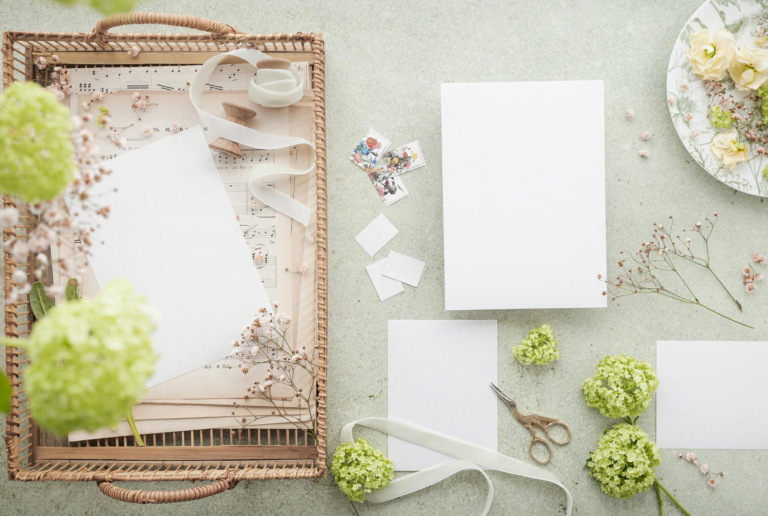Eco-Friendly Junk Journaling: Crafting with a Conscience
Sharing My Practical Tips and Inspiring Ideas
As a devoted junk journaler and crafter, I’ve always been passionate about finding ways to blend my love for creativity with my desire to live more sustainably. Over the years, I’ve discovered that eco-friendly junk journaling isn’t just a choice—it’s a fulfilling journey that adds depth and meaning to every page I create. In this guide, I’ll share practical tips and inspiring ideas to help you embark on your own eco-conscious crafting adventure, proving that being kind to the planet can also spark unparalleled creativity.

1. Sourcing Materials Sustainably
The heart of eco-friendly junk journaling lies in the materials we choose. Look beyond traditional craft stores and explore thrift shops, estate sales, and even your recycling bin for unique finds. Old books, vintage letters, discarded packaging, and used envelopes are treasures waiting to be repurposed. Not only does this practice save materials from ending up in landfills, but it also brings authentic, lived-in character to your journals.
Personal Tip: I’ve found some of my most cherished journaling items through bartering with fellow crafters and friends. It’s a wonderful way to recycle and renew interest in items that have lost their spark for one person but may ignite inspiration for another.
2. Natural and Homemade Dyes
Creating your own dyes from kitchen scraps and natural materials is not only eco-friendly but also incredibly rewarding. Avocado pits, onion skins, and tea bags can yield beautiful, earthy tones that add a unique palette to your pages. This approach not only reduces waste but also connects you to your craft in a very intimate and organic way.
Personal Insight: Experimenting with natural dyes has taught me patience and appreciation for the unexpected. Each batch of dye is a surprise, with variables like time and material creating vibrant results that are truly one-of-a-kind.

3. Minimizing Waste
Embrace the mantra of “use what you have” to its fullest. Scraps of paper, snippets of fabric, and even broken jewelry can find new life in your junk journal. Before discarding anything, I ask myself, “How can this add texture, color, or meaning to my journal?” This mindset not only minimizes waste but also challenges me to be more creative and resourceful.
Personal Challenge: Set yourself a challenge to create a completely upcycled journal spread. You’ll be amazed at how liberating it is to create beauty from what might otherwise have been considered trash.
4. Eco-Conscious Adhesives and Finishes
The adhesives and finishes we use can also impact our environmental footprint. Opt for water-based, non-toxic glues, and sealants whenever possible. Better yet, look for recipes to make your own glue from simple household ingredients like flour and water. These alternatives are not only better for the planet but safer for our health.
Personal Discovery: Making my own glue was a game-changer. It’s surprisingly effective, incredibly cheap, and adds an authentic, rustic feel to my work that commercial products just can’t replicate.
5. Sharing and Educating
One of the most rewarding aspects of eco-friendly junk journaling is the community and shared learning it fosters. Share your experiences, successes, and even your failures with the crafting community. Workshops, social media, and crafting circles are fantastic venues for spreading the word about sustainable crafting practices.
Personal Invitation: I encourage you to share your eco-friendly projects and tips with others. Together, we can create a ripple effect that inspires more crafters to consider the environmental impact of their hobbies.
Eco-friendly junk journaling is more than a crafting style—it’s a statement about the kind of world we want to live in and leave behind. By choosing to craft with a conscience, we’re not only enriching our own lives but also contributing to a larger movement towards sustainability and mindfulness in creativity. Let’s continue to explore, learn, and grow together on this green crafting journey.







